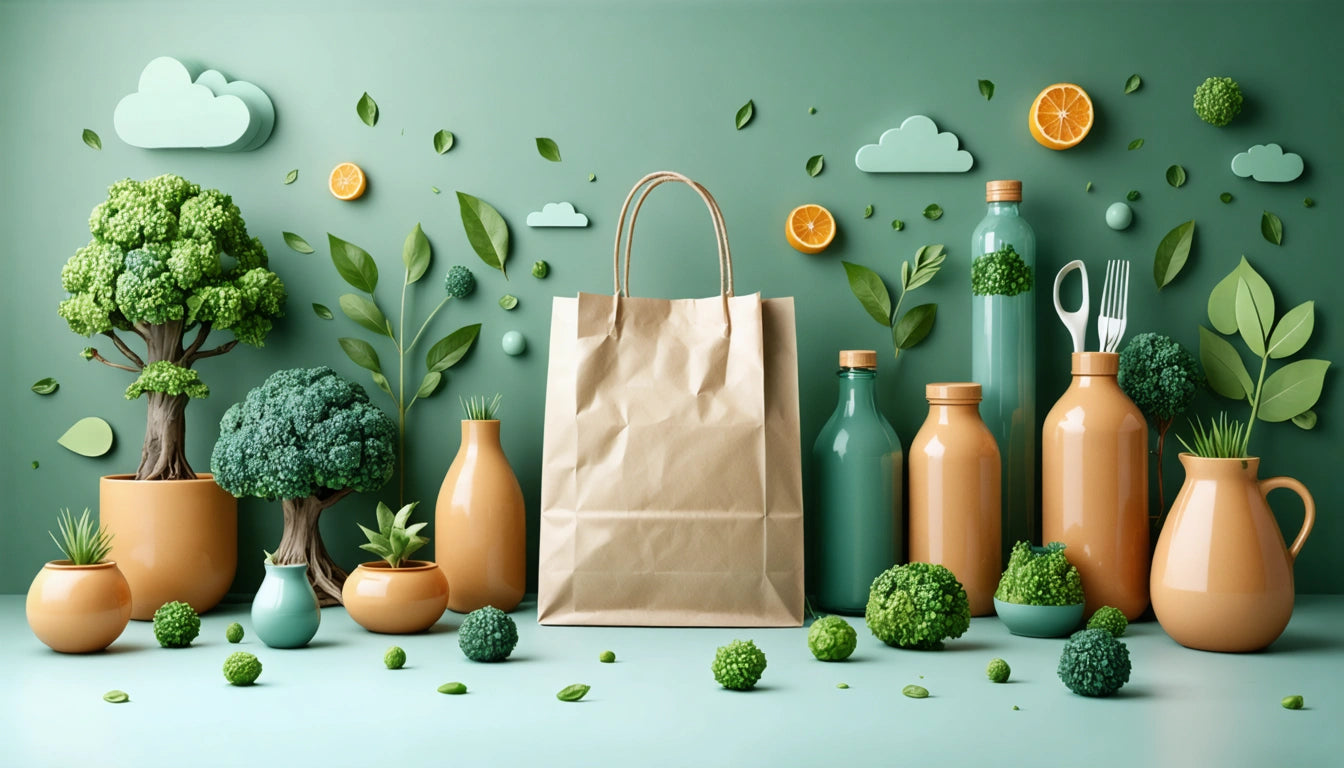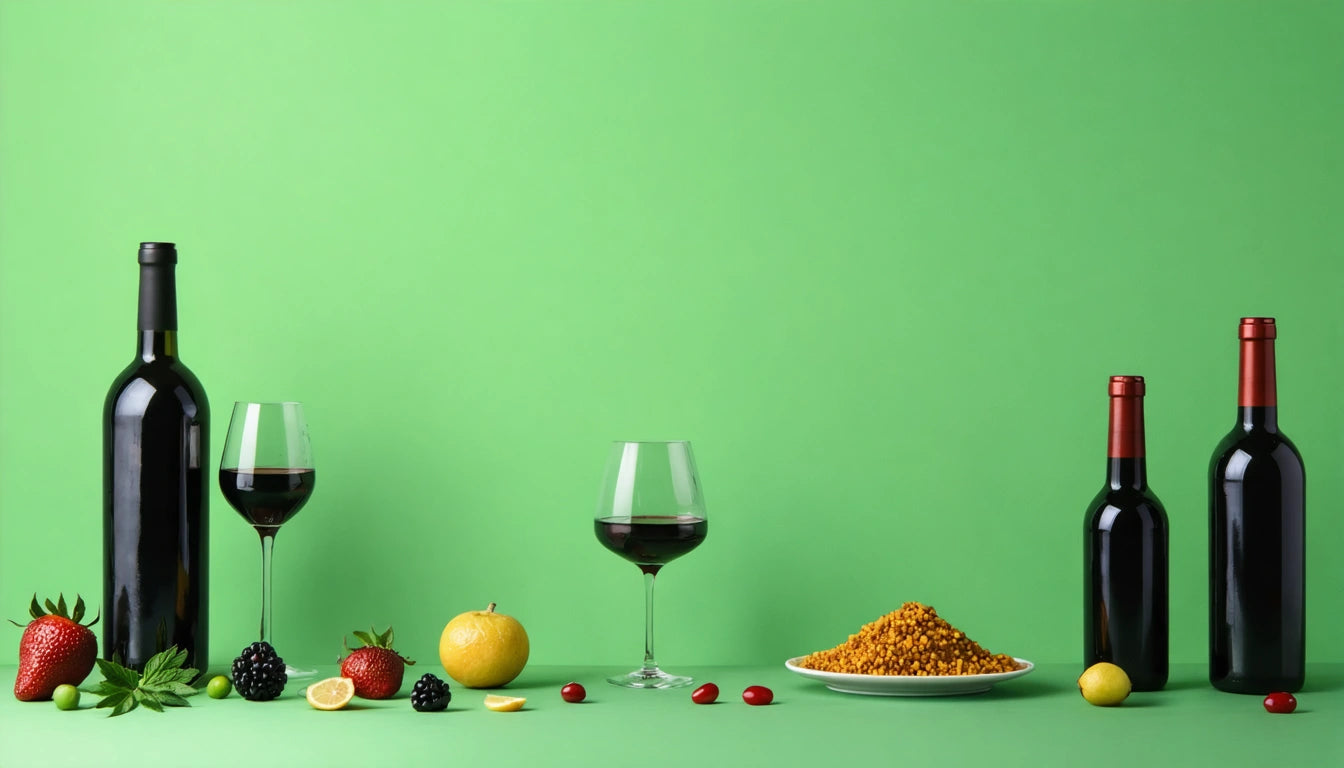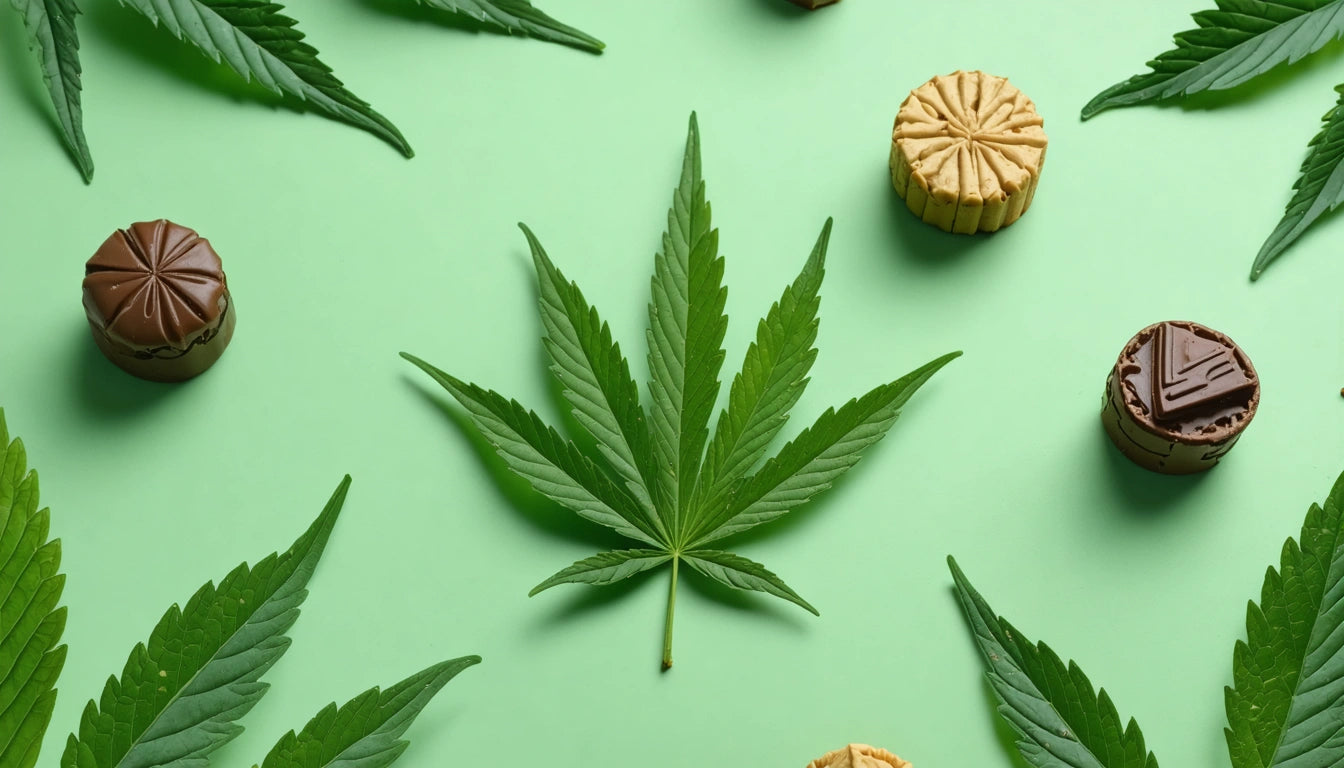Table of Contents
What Makes a Great Packaging Mockup?
A great packaging mockup bridges the gap between creative vision and manufacturing reality. It serves as both a visualization tool for stakeholders and a technical blueprint for production teams. Creating effective mockups requires balancing aesthetic appeal with practical considerations to ensure the final product meets both marketing goals and functional requirements.
Purpose of Packaging Mockups
Packaging mockups serve multiple critical functions in the product development process. They allow designers to visualize concepts in three dimensions, help marketing teams evaluate shelf impact, and provide production teams with specifications for manufacturing. A well-executed mockup reduces revision cycles and prevents costly errors during production.
According to packaging mockup experts, the most effective mockups accurately represent materials, finishes, and structural elements while maintaining visual appeal. They communicate both form and function, giving all stakeholders confidence in the final product.
Essential Elements of Effective Mockups
Accurate Dimensions and Scale
Precise measurements are non-negotiable in packaging mockups. Every dimension must reflect the intended final product, including wall thickness, closure mechanisms, and internal fitments. Scale accuracy ensures that the product fits properly and that all regulatory information has adequate space.
Material Representation
Different packaging materials behave differently when folded, filled, or handled. Great mockups account for material properties such as rigidity, transparency, and texture. For cannabis packaging, this includes considerations for specialized safety features like child-resistant closures that must function properly while maintaining compliance.
Print Visualization
Color accuracy, finish effects, and print limitations must be represented in the mockup. This includes accounting for how graphics wrap around edges, how finishes like spot UV or foil stamping will appear, and how colors might shift when printed on different substrates.
Technical Considerations for Production-Ready Mockups
Creating production-ready mockups requires understanding the manufacturing process. This includes accounting for:
- Dieline accuracy and bleed areas
- Fold tolerances and glue areas
- Material thickness and structural integrity
- Production limitations and capabilities
As explained in this article on dieline evolution, modern packaging design has become increasingly sophisticated, requiring mockups that account for both aesthetic and technical requirements. The relationship between dielines and mockups is symbiotic, with each informing the other throughout the design process.
Software Tools and Resources
Professional packaging designers typically use a combination of software tools to create comprehensive mockups:
- Adobe Illustrator for dieline creation and 2D artwork
- Adobe Photoshop for texture mapping and finish effects
- 3D software like Cinema 4D or Blender for realistic rendering
- Specialized packaging software like ArtiosCAD or Impact CAD for structural design
The full packaging workflow typically involves moving between these tools at different stages, with mockups being refined throughout the process.
Presentation and Client Approval
How mockups are presented can significantly impact client approval. Best practices include:
- Showing multiple angles and configurations
- Demonstrating functionality (opening, closing, dispensing)
- Presenting in context (on shelf, in hand, alongside competitors)
- Providing both digital renders and physical prototypes when possible
Creating a comprehensive style guide that includes mockup standards ensures consistency across product lines and simplifies the approval process for future packaging projects.
Future Innovations in Packaging Mockup Technology
The field of packaging mockups continues to evolve with new technologies. Augmented reality allows clients to visualize packaging in real-world environments before production. 3D printing enables rapid prototyping of complex structures. AI-powered design tools are beginning to automate aspects of the mockup process, suggesting improvements based on manufacturing constraints and consumer preferences.
For designers looking to stay ahead, understanding technical dieline requirements remains essential even as tools become more sophisticated. The most successful packaging professionals combine technical knowledge with creative vision, producing mockups that are both beautiful and buildable.
As packaging requirements become more complex, particularly in regulated industries like cannabis, the value of accurate, comprehensive mockups only increases. They remain the critical bridge between concept and reality, ensuring that what looks good in the boardroom can be successfully produced and deployed in the marketplace.











Leave a comment
All comments are moderated before being published.
This site is protected by hCaptcha and the hCaptcha Privacy Policy and Terms of Service apply.